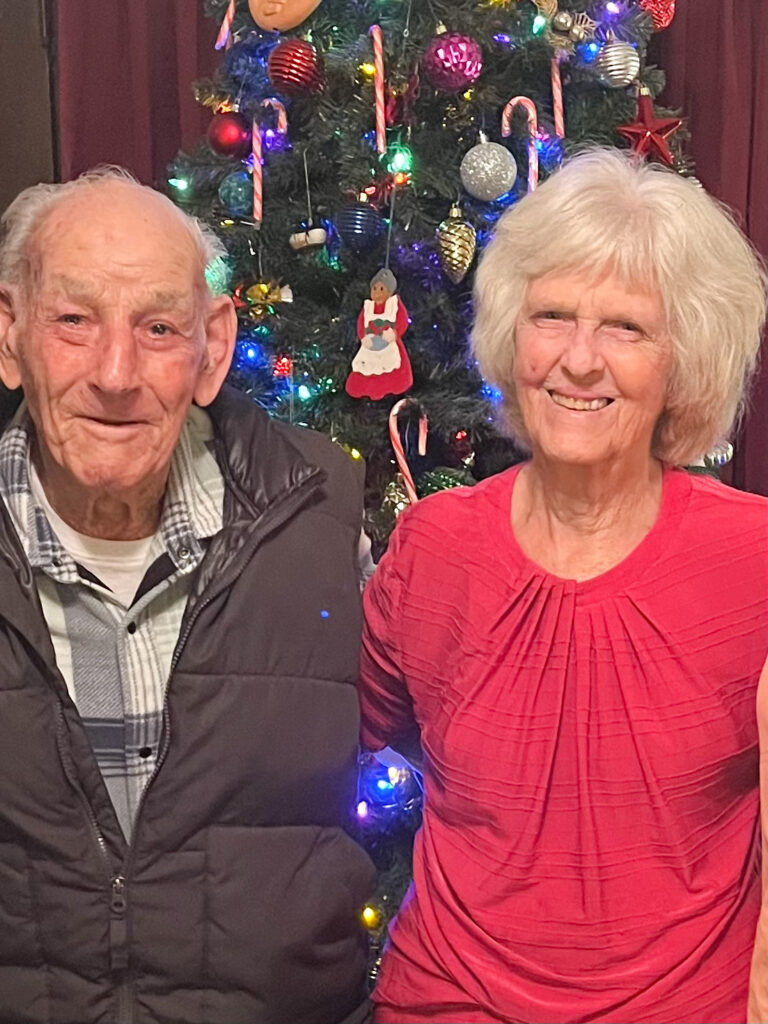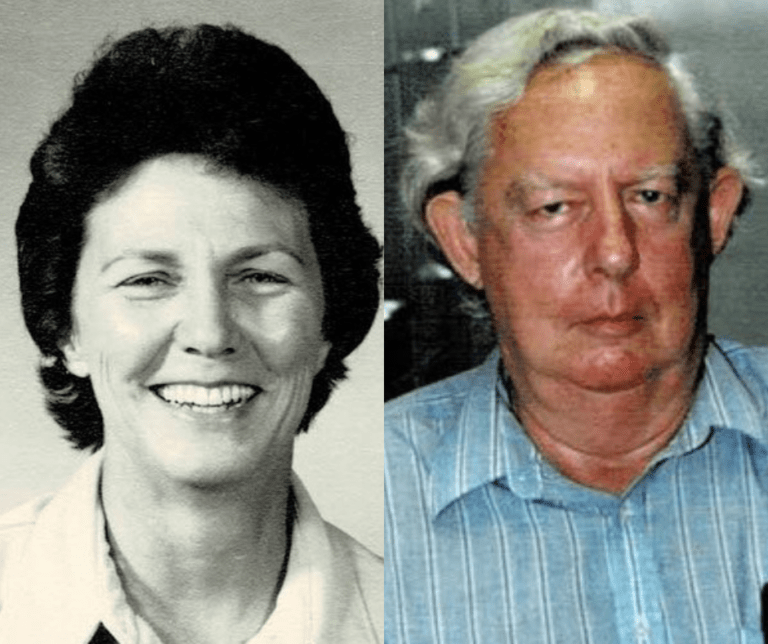Legacy Post Disclaimer
This is a #Legacy post imported from The Apalachicola Time’s previous platform. If you’re experiencing issues with this article, please email us at news@nevespublishing.com.
Doing right by Cpl. Clay
Vietnam hero’s tombstone stands corrected
In Jan. 1968, Marine Cpl. James Henry Clays parents, Mack and
Mary Anne Clay, buried their son in Snow Hill Cemetery just two months
after he had turned 21 in Vietnam.
In the early morning hours of Jan. 3,, shrapnel from a
rocket-propelled grenade had killed Clay in an attack that took more than a dozen
American lives, and even more South Vietnamese.
Weeks later the Clays would bury their son, and on Jan. 26,
Mack Clay signed, and Clarence Williams witnessed, Department of Defense Form 1330 – Application for
Headstone or Marker.
The information contained on it was submitted for
verification on Feb. 9, and all was accurate, how he had enlisted on Aug. 16,
1966, served with the Marines in 2DCAG, III MAF FMF, earned the Purple
Heart, and died on active duty.
His father applied for a Latin Cross to be placed on an
upright marble headstone, and the order was made on March 19, 1968 with the
Georgia Marble Company, of Tate, Georgia, in the heart of Pickens County, where
a quarry of the fine stone had been operating out of a rich vein since 1830.
A few months later the stone arrived, although it
wasnt an upright stone, as requested, but was flat. Still, it was
placed on the grave as if it were an upright one.
What couldnt be righted, at least not 50 years ago, was
what was carved into the stone.
It declared to the world that forever in repose beneath this
ground, hallowed by bravery in service to America, was a man who fought in the
Army, during the Korean War.
It was just botched, said Jim Jones, a retired Air Force
colonel who, after retiring as a wing commander at Columbus, Ohios Rickenbacker
Air Force Base, now lives year-round with his wife, Annette, on St. George
Island.
Jones, who was just 9 years old the year Clay was killed,
had not had to face a draft; it ended a few years before he graduated high
school back in Central Ohio. A decade later, he would earn his pilot’s wings and fly
aerial refueling aircraft for 20 years, before moving into the higher ranks of
squadron command.
You watched it (the war in Vietnam) every night, and it
left a big impression on me, said Jones. I think it really hit home when I
went in the military and I would be out in uniform and people would thank me for
my service. We were respected and those guys werent and they got a really bad
deal.
I thought Vietnam vets they deserved so much more, and I
thought ‘Im going to give back,’ he said. Its never too late to say thank
you.
Jones had noticed that while bronze markers hold flags placed on veterans graves were common back in Ohio – provided courtesy of
the VFW or the American Legion – the practice was not common in Franklin
County, and so he set about making sure veterans were further honored by these
placements.
It was in his investigations online as to who needed to be
so honored that he came across Clays name, and that his gravesite was at Snow
Hill, a one-time segregated cemetery off Bluff Road. He wondered where it even
was, as there is no lettered gate or prominent sign announcing to passers-by the
presence of sacred ground.
City Hall had records, but even they were listed by the
plots owners, and not necessarily by the name of the person buried there.
On Jones visit to Clays grave, he was immediately
perplexed, and soon vexed.
At first I thought wait a minute, what I am looking at? he
said. And when I saw the dates of his birth, I saw it was mathematically
impossible that he had served in Korea. And I had found he was in the Marines,
not the Army.
I thought ‘I got to do something,’ Jones said. This is a
huge injustice. That isnt right.
He deserved more. Any veteran buried in every cemetery
deserved more, especially someone who gave their life, he said.
In his duties as an Air Force commander, Jones had presented
flags three times to widows, for accidents or deaths or suicides, but he hadnt
had quite the experience of making sure a fallen hero got the right tombstone.
When Clay was there in Vietnam, it was a meat grinder, the
Tet offensive was gearing up, thats what it was, Jones said. Those guys went
over there and they were the bait to flush out the bad guys. To flush out the
bad guys and then well get them.
Jones got in contact with the Veterans Administration, which
required a report of casualty, the military version of a death certificate; a
photo of the existing marker; and a letter of authorization from the family.
Clay came from a family of a dozen children, but none still
lived in Apalachicola, the rest having moved away to Central and South Florida,
or to Tennessee.
Thanks to Reflections on The Wall, a commemorative
magazine authored by former Times and Star Reporter Despina Williams that
celebrated the 25th anniversary of the Vietnam Wall, and to the
memories of residents on the Hill, who recalled the Clay family from their
years here, Jones was able to track down older sister Estoria Louise, now
living in Tennessee and well into her 80s.
She changed his diapers when he was born; she was 12 years
old when he was born, Jones said.
I asked her, Did your dad say anything about the marker?
he said.
I was back in southern Florida, the marker came in three
months after he was buried, she told him. I dont know what happened.
Perhaps the fact the Georgia Marble Company was
overloaded with fulfilling requests for its headstone contract with the defense
department contributed to the mistake.
Perhaps it was chaos at the company, as its century-and-a-half-year-old business was failing,
leading to its being sold in 1969, and then changing owners several times
over the next few decades until it finally landed in the hands of two foreign
companies, IMERYS based in France, and Polycor, based in Canada.
Perhaps it was in
part due to those months in 1968 being among the nations most turbulent period
of racial unrest, just weeks before the assassination of Dr. Martin Luther
King.
Or perhaps it was because the Clay family would have
had to navigate the same maze in 1968 that Jones had to in 2021, with far less
of a familiarity with military requirements than a man who spent nearly four
decades dealing with them.
When I called them and told them this was glaringly wrong,
I knew where to get what they needed, he said. With COVID it took two months
to get into the system, because theyre all working from home.
When they saw it, they didnt waste any time, it was
immediate, he said. I think thats what the VA saw, that this isnt even
close, and thought How did this even happen?
It was so clear that this was wrong, said Jones. I was glad I
didnt have to fight with the VA.
With Clays sisters permission, Jones had the correct
marker ordered, this time with complete and accurate information, the same
detail that should have appeared on the original stone, the only addition being
the acronym KIA for Killed in Action, which was not engraved on such stones in
1968 but is now.
The last piece of the puzzle was put into place by Rose
McCoy, of M and M Quality Monuments Inc., who handled the whole thing the rest
of the way. She arranged for a concrete base to be installed in the ground to
support the marble, supplying the labor and materials at her own expense, and
for the citys crews to handle the installation.
She (Estoria Louise) really appreciated that, said Jones.
Rose was awesome; she knew how the local system worked.
One more challenge still remains, since the graves of Clays
parents and his older brother alongside him, are still unmarked. Mack Clay died at age 65 in 1980, and
his wife Mary Anne, who had bore him a dozen children, a year later, at the age
of 66.
The family couldnt afford a stone, Jones said. They were
born in 1913 and 1914. Can you imagine what they saw growing up in the South?
Jones and McCoy have talked about the fact that the Clays graves are deserving of a permanent marker.
We need to do something about that, McCoy told Jones.
Ill do something.




Meet the Editor
David Adlerstein, The Apalachicola Times’ digital editor, started with the news outlet in January 2002 as a reporter.
Prior to then, David Adlerstein began as a newspaperman with a small Boston weekly, after graduating magna cum laude from Brandeis University in Waltham, Massachusetts. He later edited the weekly Bellville Times, and as business reporter for the daily Marion Star, both not far from his hometown of Columbus, Ohio.
In 1995, he moved to South Florida, and worked as a business reporter and editor of Medical Business newspaper. In Jan. 2002, he began with the Apalachicola Times, first as reporter and later as editor, and in Oct. 2020, also began editing the Port St. Joe Star.